Without a doubt, tires are an essential safety component for any vehicle. They’re the four things that connect your vehicle to the road and provide traction, handling, steering, stability and braking. There can be severe consequences if your tires fail, which is why it’s crucial to keep them in pristine condition. This article will cover what you need to know about optimal tire safety.
There’s one rule to remember when it comes to proper tire size: any replacement tires need to be the same size, and have equal or greater load index and speed rating as recommended by the vehicle manufacturer. The recommended size, load index and speed rating can be found in the vehicle owner’s manual or the placard located on the drivers side door jamb.
Underinflation is the leading cause of tire failure. Driving on underinflated tires increases the potential for damage due to excessive heat as well as increased fuel consumption. Overinflated tires are more likely to get cuts or punctured, plus they wear the center of your tread faster. Always check to make sure your tires are properly inflated. You can find this information in your vehicle owner’s manual or the placard on the driver’s side door jamb.
Rotating your tires regularly helps maintain even tread wear. In general, front tires wear faster than rear tires. First, more pressure is put on the front tires' outer edges when you make turns. Second, the front tires support more of your vehicle’s weight, thanks to the engine being in the front. However, rotating your tires helps to maximize treadwear life and balance out the wear differences between front and rear tires.
Regular monthly tire inspections are an important aspect in tire safety. When inspecting your tires look for cuts, cracks, splits, punctures or bulges in the tread area and both sidewalls. A monthly tread depth test is also recommended.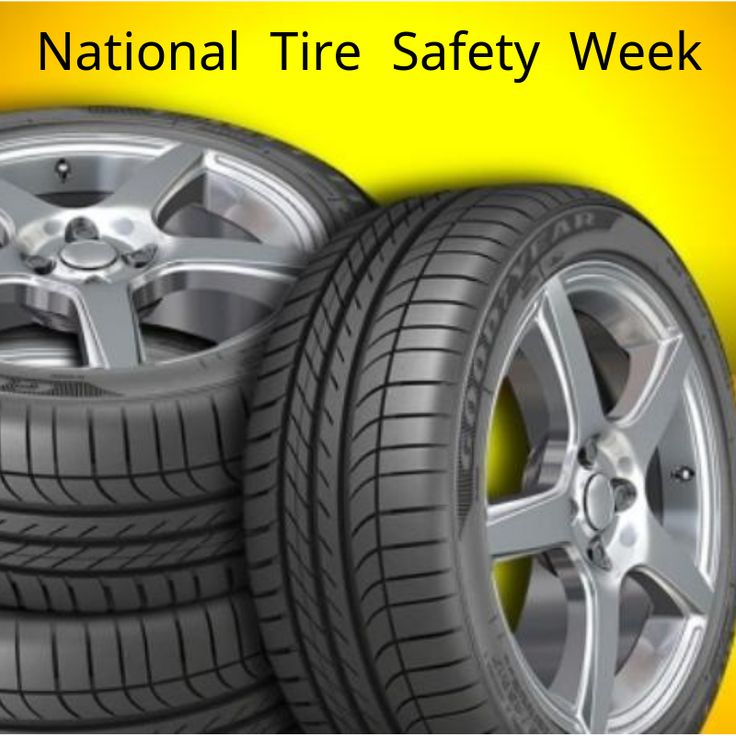 Check out our article on the “Penny Test”. Also, you should replace your tires based on the recommended maximum age listed in your vehicle owners manual.
Check out our article on the “Penny Test”. Also, you should replace your tires based on the recommended maximum age listed in your vehicle owners manual.
Whether or not a tire can be repaired depends on the amount of damage it has sustained and the location of the damage on the tire. You should always check with a tire service professional to make this decision. Check out our Find A Retailer page to connect with your local tire service professional.
The condition of your vehicle will impact the performance of your tires. Wheel alignment plays an especially significant role in how your tires and vehicle behave on the road for a few reasons.
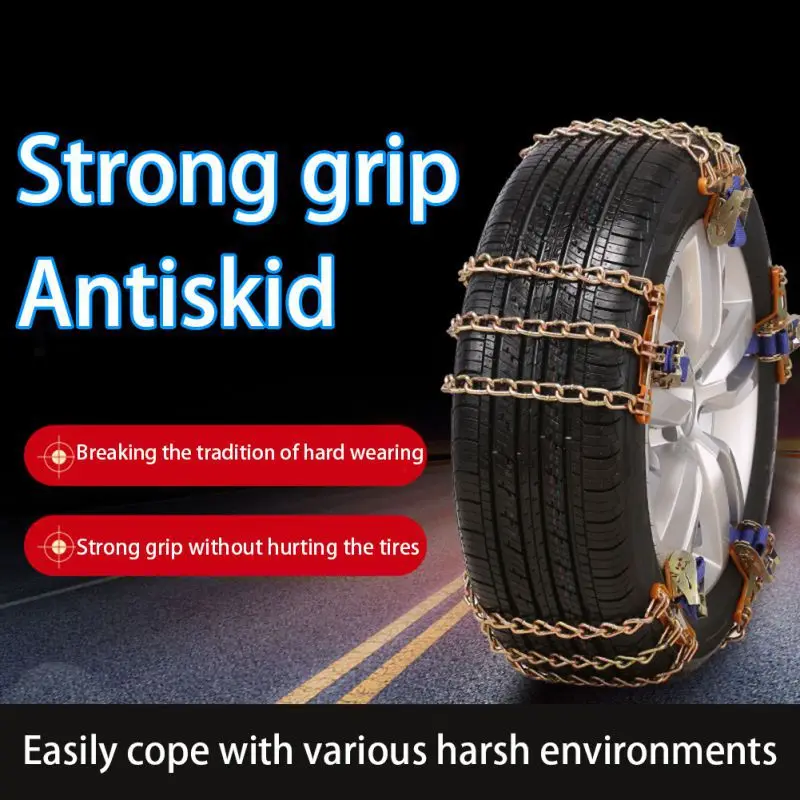
Bad driving habits are another serious factor that can shorten the life of your tires, and it’s often overlooked. Speeding up too fast, slowing down too quickly and driving erratically strains your tires. The same goes for taking a turn too sharply or hitting a curb or pothole in the road.
When it comes to car safety, there should be no questions that you are afraid to ask. Unfortunately, many people feel ignorant or stupid for asking simple questions about tire safety that may mean the difference between life or death when they are on the road. So, in order to put some of these fears to rest, we are dedicated to answering some of the essential questions you may be too embarrassed to ask when you shop for tires.
Sounds like an obvious question, right? Tires are the only things that separate your vehicle from the road. Good tires will ensure proper road grip, improve maneuverability, and improve fuel economy. Once your tires have become worn out, you increase the risk of losing control of your vehicle and potentially damaging yourself or others in the process. Regularly making a note of the condition of your tires is a good way to avoid unnecessary damage and cost, and one of the key features to look at is the tread of the tires.
Once your tires have become worn out, you increase the risk of losing control of your vehicle and potentially damaging yourself or others in the process. Regularly making a note of the condition of your tires is a good way to avoid unnecessary damage and cost, and one of the key features to look at is the tread of the tires.
The tread of a tire determines how much grip it will have on the road. If the tread of your tires has worn down, you may feel as though your car is "slipping" all over the road, especially when the roads are wet.
When checking your tires, you may notice the wear on your tires is uneven, so you may not feel the need to change them. A great way to improve the longevity and performance of your tires is to take your car in for a tire rotation. Tire rotation changes the position of your tires to ensure the tread of the tires wears evenly.
If you notice that multiple tires are worn down, you should immediately change all damaged tires. The best option is to have your tires installed by a professional mechanic at your local tire service center to ensure the right tires are fitted correctly to your vehicle.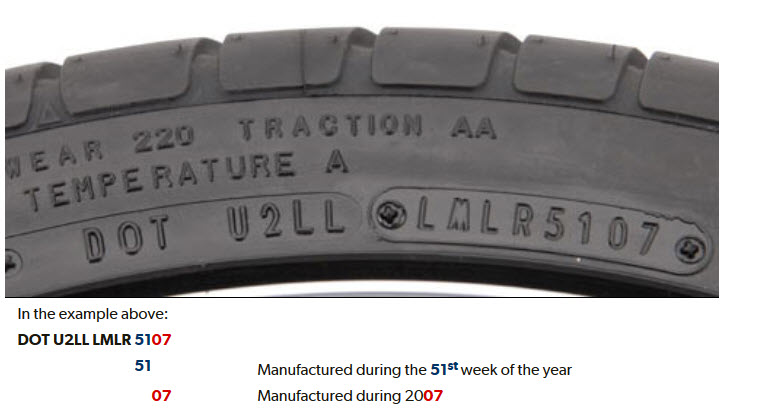
On many brands of tire, you will often see a number which many people mistake for the tire pressure; however, this is a common misconception. The number on the tire corresponds to the maximum tire pressure of those particular tires; the appropriate tire pressure depends on the car. The size and weight distribution of your vehicle plays a major part in determining the correct pressure for your tires, as does the season and the terrain on which you plan to drive your car.
Most car manufacturers will determine the appropriate tire pressure through rigorous testing and note that number in your car's tire placard. Another method of ensuring that your tires are optimally inflated is to keep your tire pressure monitoring system (TPMS) well maintained. TPMS will indicate whether your tires are inflated to their optimum pressure. Properly inflated tires ensure your car is performing optimally and improve the road safety of your vehicle. It is best to have your TPMS checked at your local tire service center.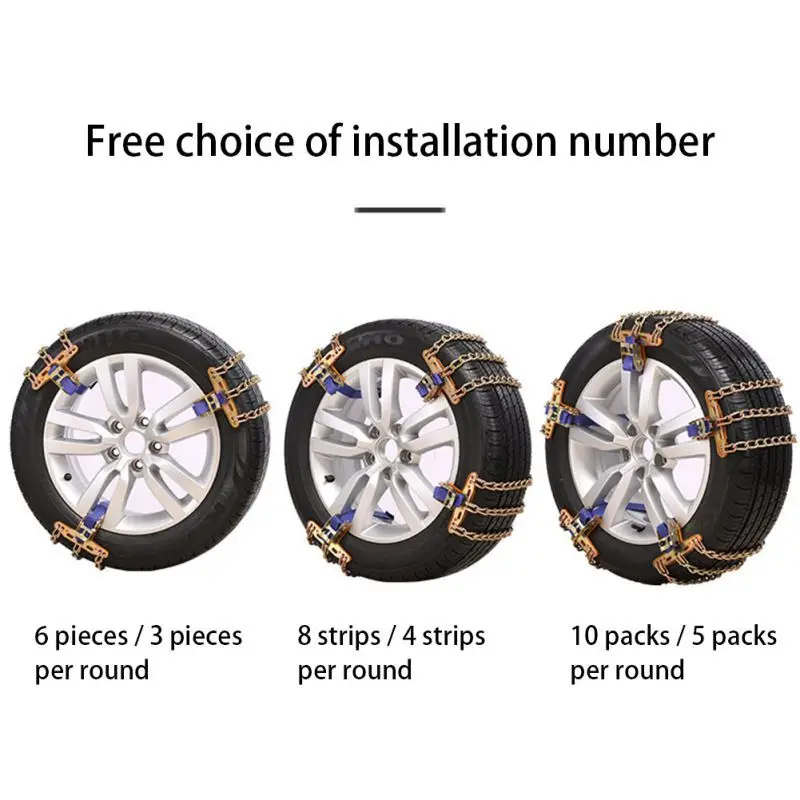
The short answer is yes. However, you run the risk of damaging the rims of the wheels of your car and ruining the wheel alignment. This can end up costing you much more than just keeping a spare tire and a jack in the trunk of your car.
Changing tires is best performed by a professional mechanic when you purchase your new tires. However, should you find yourself stuck without professional assistance, having basic knowledge and equipment available will make your life easier. There are many "How to Change a Tire" tutorials available online but the one essential thing you will need is good spare tire.
Generally, you purchase a spare tire as part of the set of tires for the car, although you can purchase tires separately if you have lost or damaged your spare. The important thing to remember is to maintain your spare tire in the same way that you maintain your car's other tires. Check the pressure regularly, ensure there are no signs of damage or wear, and store your spare appropriately.
While these questions may seem obvious and many people feel embarrassed by asking these questions, tire safety is one of the most important elements to check in your car. If you check your tires regularly and have them professionally serviced and fitted, you can expect to improve not only the longevity of your tires but also improve the overall performance of your car.
And here it is not. When replacing 2 tires, the new tires must be replaced with back with ! Why? For your safety !
What does it mean when tires with varying degrees of wear are on the axles? An axle with old tires has the worst grip. You are driving on a slippery road, go through a turn and ... one of the axles goes into a stall.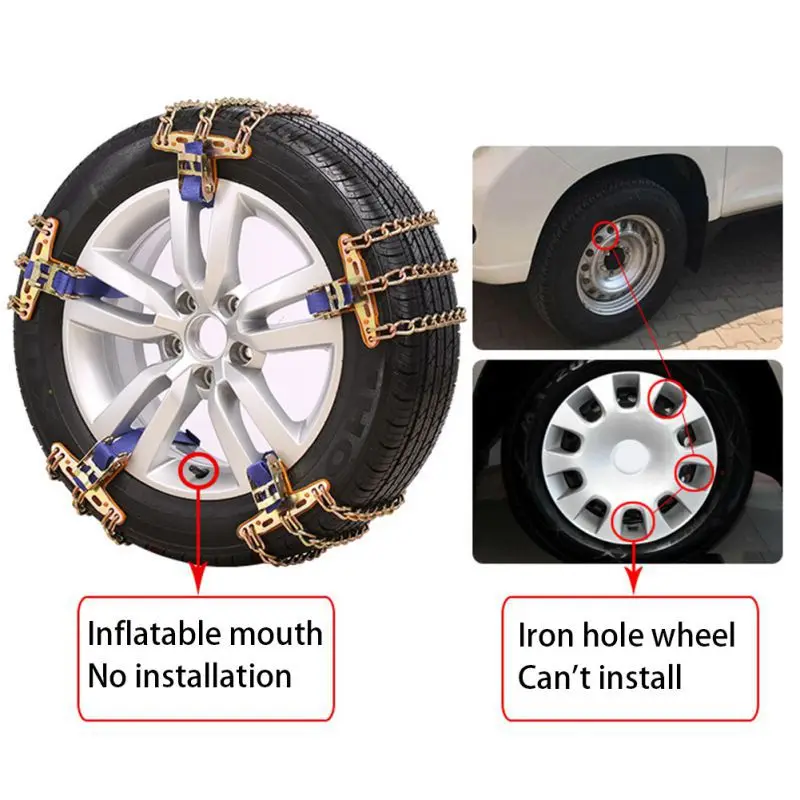 In the event that this is the front axle, you just need to release the gas and the car will level out - the rear wheels will stabilize it. If the rear axle has gone into a skid, the car will begin to turn around and will most likely be thrown off the road. In this case, even electronic stabilization systems are powerless - to prevent rotation, you need to slow down the rear wheels, and they have lost traction.
In the event that this is the front axle, you just need to release the gas and the car will level out - the rear wheels will stabilize it. If the rear axle has gone into a skid, the car will begin to turn around and will most likely be thrown off the road. In this case, even electronic stabilization systems are powerless - to prevent rotation, you need to slow down the rear wheels, and they have lost traction.
It doesn't matter if you have front-wheel drive, rear-wheel drive or all-wheel drive. Skidding will begin everywhere the same - when the limit of traction properties is reached. Therefore, 2 new tires should be installed on the rear axle so that the car remains balanced with .
Tire manufacturers also recommend putting new tires on backwards:
Buying only two new tires, put them on the rear wheels for better grip and stability while driving.
We recommend installing newer tires on the rear axle of the car.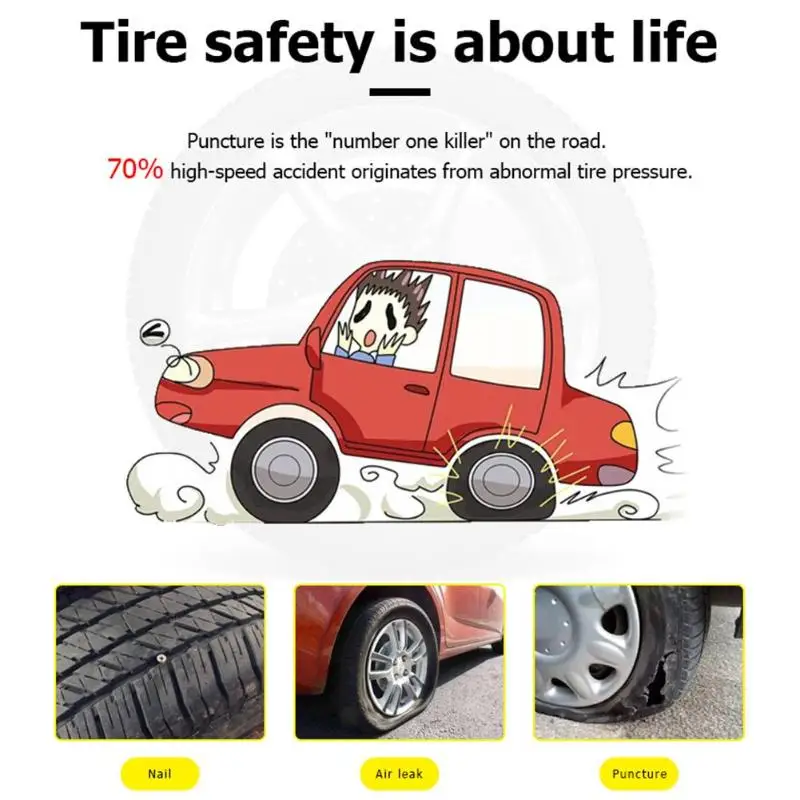 This is due to the fact that in the event of an emergency, tires with a deeper tread mounted on the rear axle will help prevent the car from skidding or demolition of its rear axle.
This is due to the fact that in the event of an emergency, tires with a deeper tread mounted on the rear axle will help prevent the car from skidding or demolition of its rear axle.
If only two tires are replaced, make sure that the new tires are the same size as the currently used tires and that the tire center specialist installs the new tires on the rear axle of the vehicle.
Still in doubt? A familiar tire fitter says that you need to put it forward because everyone does it? Watch this video and act not like everyone else, but like correctly !
The experiment was carried out with winter tires. But all of the above is true for summer, because the road in the rain can also be slippery.
Possible counterargument: New ones should be put in front, because if the old one bursts, let it be in the back.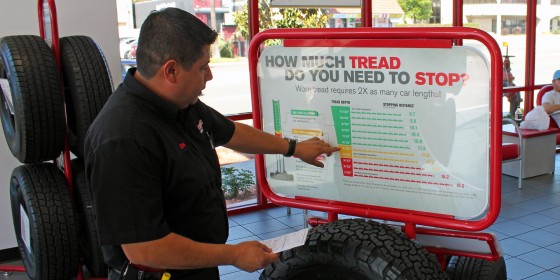
If your old tires are in such a state that you are afraid of bursting, then what kind of replacement of 2 wheels can we talk about? Only all 4!
What are winter tires? What are their features and what makes a tire suitable for use in difficult weather conditions? First of all, these are rubber compound , which retains elasticity at low temperatures and tread pattern , which has lugs and sipes. Some tires also have an auxiliary element to improve grip on ice - studs.
All winter tires can be divided into studded and friction (popularly Velcro). Friction, in turn, are for cold and mild winters. Total 3 types:
Consider their advantages and disadvantages.
Studded tires.
The oldest type of winter tire.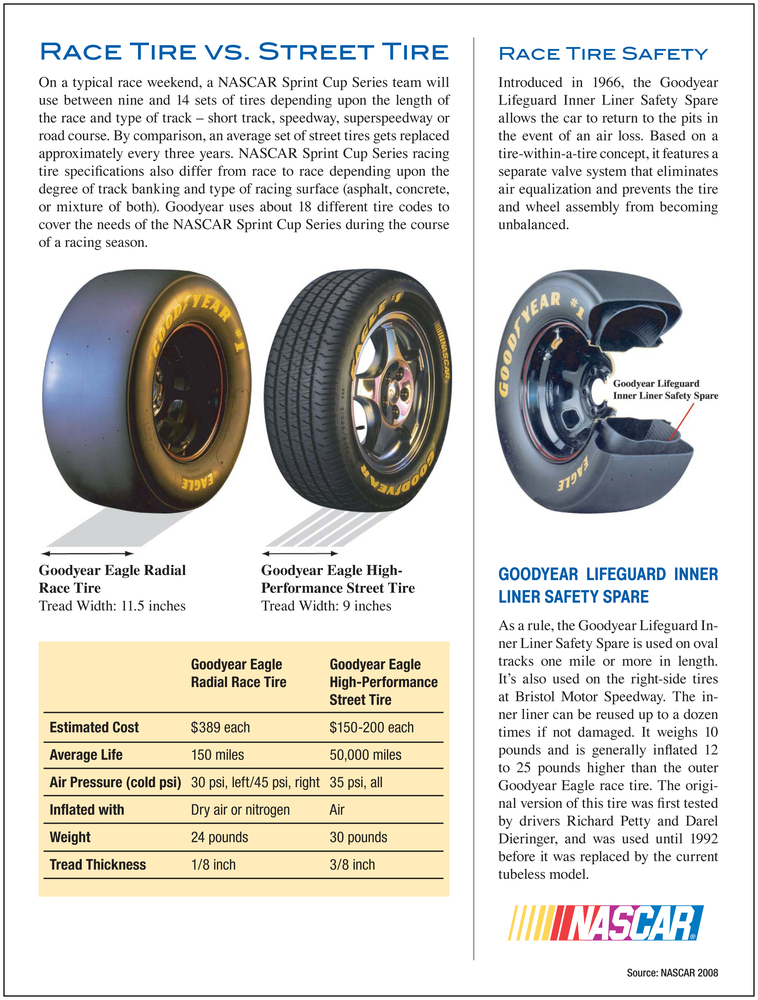 Compared to Velcro, they can offer slightly better grip on icy roads. When driving on snow, they do not give advantages - the snow is too soft for the spike to anchor securely in it. Only the composition of the rubber and the tread pattern are important here. On asphalt, for obvious reasons, there will be is the noisiest of all - each spike is a small hammer that hits the stones in the asphalt when driving. This also results in road damage and faster loss of studs than when driving on snow. The rut, which appears even on new asphalt after a couple of years and represents a considerable danger in winter, is precisely the result of the widespread use of studded tires. Strictly speaking, they are not intended for driving on asphalt at all. Their best use - roads covered with ice and snow all winter .
Compared to Velcro, they can offer slightly better grip on icy roads. When driving on snow, they do not give advantages - the snow is too soft for the spike to anchor securely in it. Only the composition of the rubber and the tread pattern are important here. On asphalt, for obvious reasons, there will be is the noisiest of all - each spike is a small hammer that hits the stones in the asphalt when driving. This also results in road damage and faster loss of studs than when driving on snow. The rut, which appears even on new asphalt after a couple of years and represents a considerable danger in winter, is precisely the result of the widespread use of studded tires. Strictly speaking, they are not intended for driving on asphalt at all. Their best use - roads covered with ice and snow all winter .
No studs for cold winters
The disadvantages of studded tyres, the engineers tried to eliminate with the help of new technologies.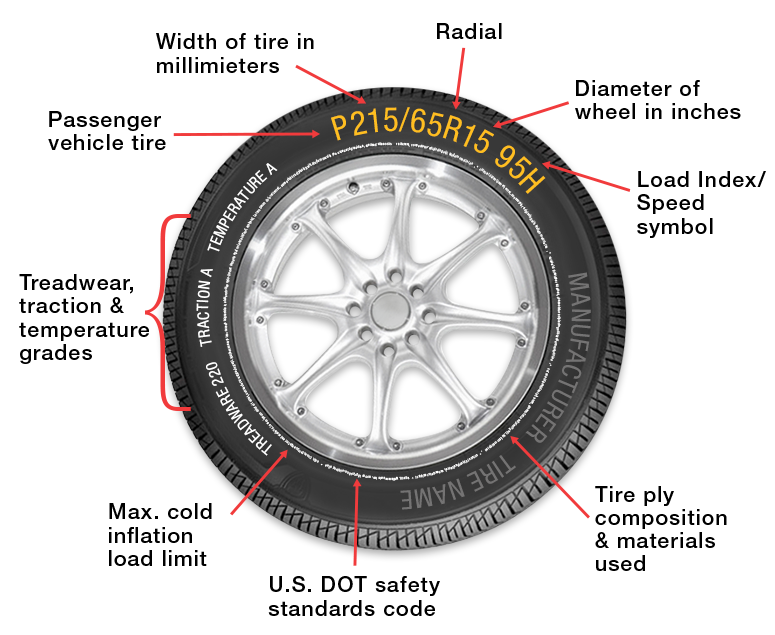 The rejection of spikes allowed the use of more elastic compounds and foaming the mixture, making it more rough. Spikes in such rubber will not stick, and the fit to the road is better than that of studded tires - it is softer. As a consequence, in the snow, friction tires generally match or outperform studded tires. Driving on asphalt with friction tires is incommensurably more comfortable than than on spikes - they are almost silent. On smooth ice, such tires have a slightly longer braking distance than comparable studded tires, but are not at all helpless, contrary to popular belief. A good friction tire is much superior to a cheap studded tire, even on ice. This is the best variant of for driving on roads covered with asphalt and snow .
The rejection of spikes allowed the use of more elastic compounds and foaming the mixture, making it more rough. Spikes in such rubber will not stick, and the fit to the road is better than that of studded tires - it is softer. As a consequence, in the snow, friction tires generally match or outperform studded tires. Driving on asphalt with friction tires is incommensurably more comfortable than than on spikes - they are almost silent. On smooth ice, such tires have a slightly longer braking distance than comparable studded tires, but are not at all helpless, contrary to popular belief. A good friction tire is much superior to a cheap studded tire, even on ice. This is the best variant of for driving on roads covered with asphalt and snow .
Studless for mild winters
Have a relatively stiff rubber compound and a smooth pattern. Designed for use on asphalt and shallow snow at temperatures down to about -15°C. The only type of winter tire that has relatively good grip on wet pavement. The snow grip of these tires is satisfactory, but on ice they are rather mediocre. Do not confuse with these tires designed for the northern winter! In Russia, their use is recommended only in the southern regions .
The only type of winter tire that has relatively good grip on wet pavement. The snow grip of these tires is satisfactory, but on ice they are rather mediocre. Do not confuse with these tires designed for the northern winter! In Russia, their use is recommended only in the southern regions .
What to choose?
Any tires should be selected based on where they will be used.
If you live in a city where the roads are asphalt and snow, and ice can only be found in the yards, non-studded tires for cold winters are perfect for you.
Constantly going out to places where asphalt is not visible under the ice and snow - in this case, studded tires can be useful.
We do not recommend tires for mild winters - in frost or snowfall they can present an extremely unpleasant surprise. Of course, they can be used, but you need to understand the weaknesses of this type of tire and be careful on ice and in cold weather.
And most importantly!
We strongly advise against buying winter tires on a "give the cheapest" basis. This also applies to studded and, especially, Velcro. In winter, grip on premium tires will be weaker than in summer on budget tires. Do not save on safety and choose at least the average price category.
Myths about winter tires:
Myth 1: Studs do not fall out of a good tire
No, studs do not fall out of a good tyre, but of a hard one. The banal reason is that the harder the rubber, the more difficult it is to pull out the spike. And as a result, such a tire will have worse grip than a soft one - the fit to small bumps in the road suffers. The choice between the safety of the spikes and the safety of the car (or even life ), in our opinion, is obvious.
Myth 2: The tire has M+S, so it can be driven in winter
The M+S marking alone is not enough to consider a winter tire.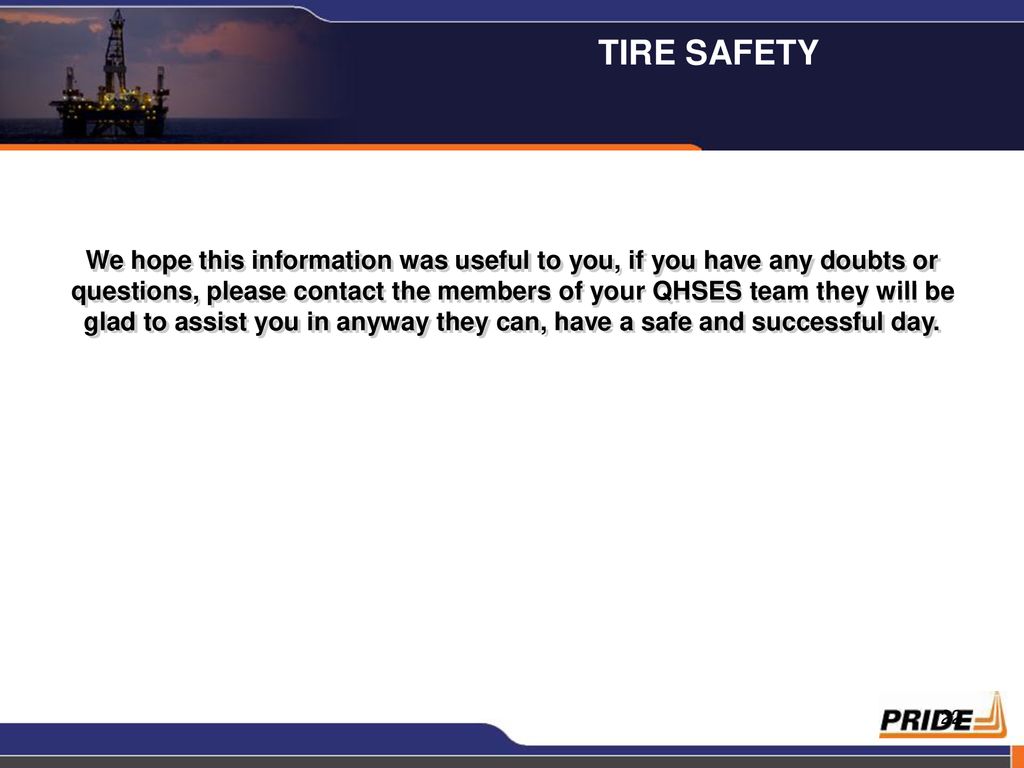 This abbreviation means "Mud + Snow", that is, "Mud and Snow". The tread of such a tire has lugs and therefore provides better grip on loose surfaces than a highway tire designed only for asphalt. For example, summer all-terrain tires (All Terrain) have this marking, but their composition is not designed for operation at low temperatures. In addition to the M + S marking, a winter tire has one more - 3PMSF .
This abbreviation means "Mud + Snow", that is, "Mud and Snow". The tread of such a tire has lugs and therefore provides better grip on loose surfaces than a highway tire designed only for asphalt. For example, summer all-terrain tires (All Terrain) have this marking, but their composition is not designed for operation at low temperatures. In addition to the M + S marking, a winter tire has one more - 3PMSF .
Myth 3: Stud the old tire, it will be like new
Will not. As mentioned at the very beginning, the most important thing in a winter tire is the compound and the pattern. By the time the studs are lost, the tread is usually already worn out, and it is he who is responsible for traction. The spike is an auxiliary element for ice. In addition, the repair spikes are different from those that the engineers envisaged. They are much larger and it is impossible to predict how they will behave. All that you get as a result of the spike is a creepy rumble when driving on asphalt .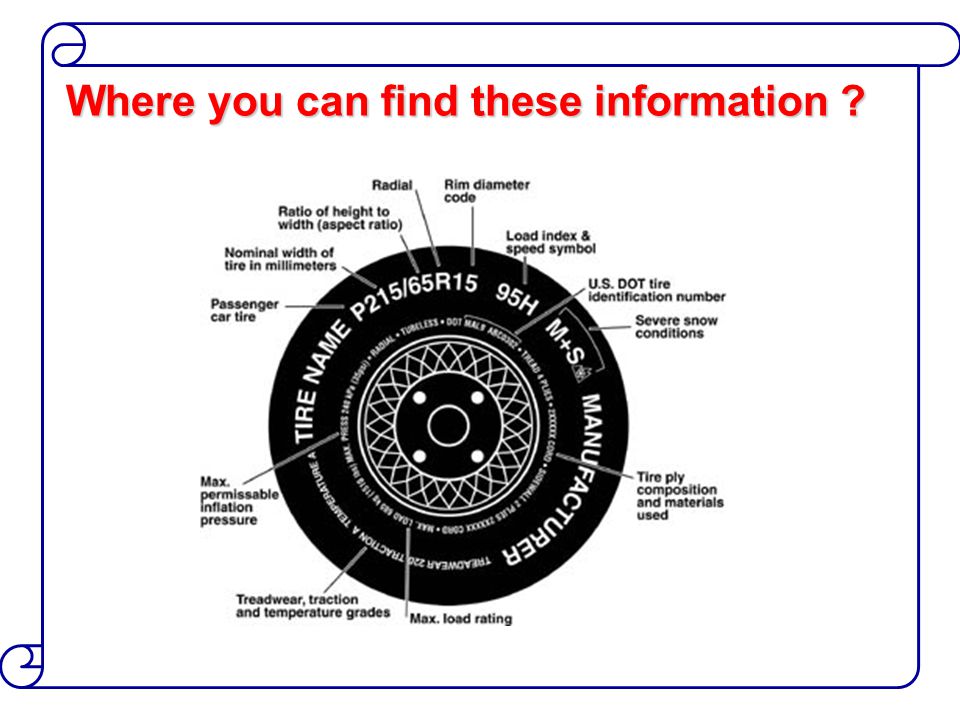
Myth 4: Velcro can be used in summer / I'll roll up old spikes in summer
No, you can't. The rubber compound of winter tires is very soft and at summer temperatures wears out at a tremendous speed . Having left the summer with new winter tires, you will simply destroy their . It is those who do this who tell the next year that Velcro does not hold the road and wears out quickly. Also, winter tires have poor grip on wet surfaces, and worn tires generally are dangerous! You don't want to get off the road in the rain, do you?
What do you think is the most important safety feature in any car? Pillows? Maybe seat belts? Not really. This is something that we, unfortunately, rarely remember.
We are usually very picky when we buy a new car (and we should be picky, of course). We are interested in the style of the car, quality, fuel economy, reliability, driving feel, options, etc. And, of course, safety plays an important role in this. For example, for buyers of Volvo cars, safety comes first. When it comes to safety, dealership managers usually spend hours talking about airbags, adaptive seat belts, and various driver assistance systems.
And, of course, safety plays an important role in this. For example, for buyers of Volvo cars, safety comes first. When it comes to safety, dealership managers usually spend hours talking about airbags, adaptive seat belts, and various driver assistance systems.
We love hearing when managers praise what they are trying to sell us. And I must admit, most modern cars today have a good level of protection for the driver and passengers. Nevertheless, for many of us, the issue of safety in the purchased car plays one of the main roles. That is why motorists are more likely to purchase cars with various security systems and driver assistance. We like it when the car has a blind spot monitoring system, backup cameras that display the rear view on the screen in the cabin. We have peace of mind when a car has an automatic collision avoidance system, a parking assist system, a cross-traffic assist system, a lane control system, a proximity warning system, a pedestrian detection system on the road, etc. The list is long.
The list is long.
And that's all, of course, very good. Indeed, modern cars have become much safer compared to even their recent predecessors.
Still, these are not the most important security systems in any car.
The most valuable safety feature is what's been on your car all along: your car's tires.
Surprised? But this is really not surprising. After all, people usually pay little attention to the wheels of their car, forgetting what an important function they have in the car. Unfortunately, car enthusiasts don't think about tires until it's time to think about them: tire wear, seasons, etc.
But this is wrong. Every driver should pay more attention to the wheels and not rely on various newfangled assistance systems in the car, which, in case of damage to the wheel at speed, most likely will not help you.
Remember that the wheels of your car serve you and your safety in any weather, whether it be cold, hot, rain or snow. Tires in any car help you stop where you want. And often in the process of stopping the car, drivers, as a rule, do not even think about it. He pressed the brake pedal - and the car, like an obedient pet, obeyed. But, alas, if you do not monitor the condition of the rubber, sooner or later this principle of relationship with the car will play a cruel joke on you.
We sometimes invest a lot of money and waste a lot of time getting our machine up and running. We look after our car as if we own ancient relics worth millions of dollars. We blow the dust off our car. But, unfortunately, very often we lose sight of the wheels of the car, which are the most important in any car.
It is especially depressing that today, in an era of difficult economic situation in the country, there are more and more cars with bald tires on the road. The reason for this is the lack of funds from motorists who are trying to postpone the purchase of new tires to the maximum. But this is nonsense. Tires are the last thing you should save on. After all, the wheels are the only thing that interacts in the car with the road surface. Naturally, the quality of grip depends on the condition of the tire tread. You should not forget that tires in good condition are needed not only to be able to stop where you want, but also to avoid a collision in case of an emergency.
Tires are the last thing you should save on. After all, the wheels are the only thing that interacts in the car with the road surface. Naturally, the quality of grip depends on the condition of the tire tread. You should not forget that tires in good condition are needed not only to be able to stop where you want, but also to avoid a collision in case of an emergency.
Finally, tires affect the noise in your car and your comfort. After all, rubber in good condition gives the car a smooth, quiet ride. On dead tires, the car will be tough and noisy inside.
In addition, do not forget that in addition to the condition of the rubber, every driver should not forget to check the pressure in it, since under-inflated wheels not only affect rubber wear, but also lead to an increase in fuel consumption.
Therefore, make it a rule to check the tire pressure at least once a month. This way you will at least control the pressure, which means you can affect safety, tire wear and even fuel economy.